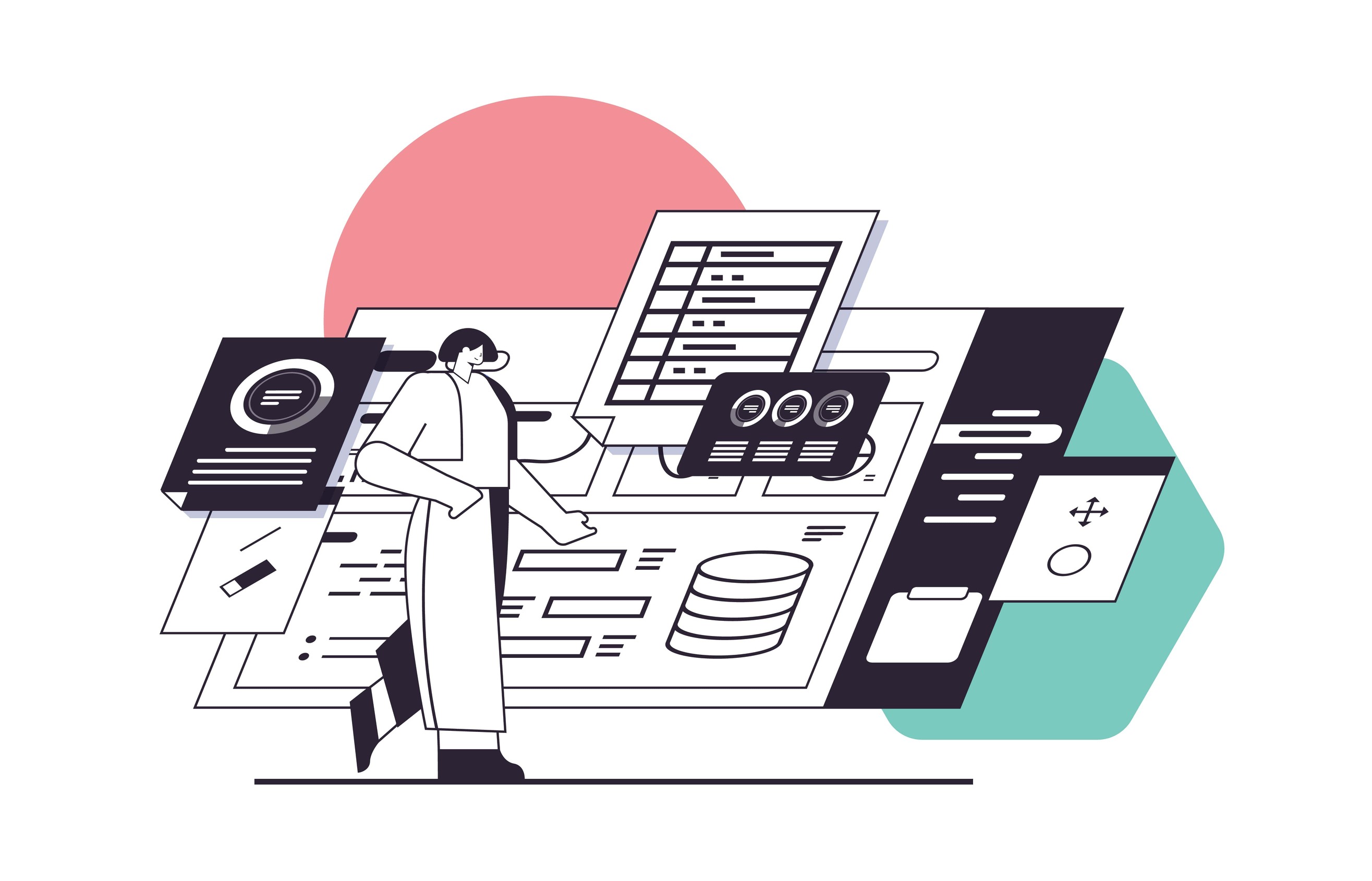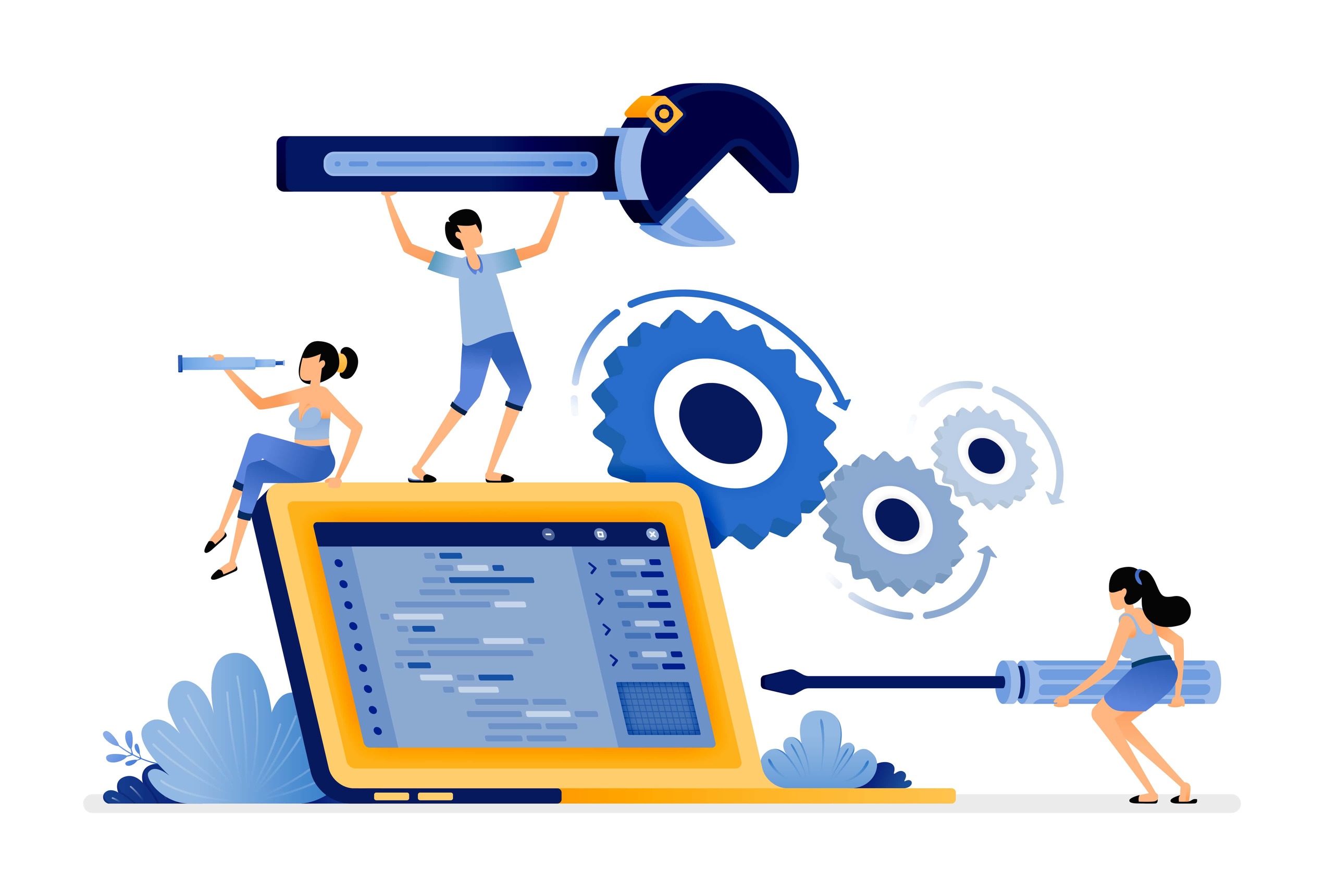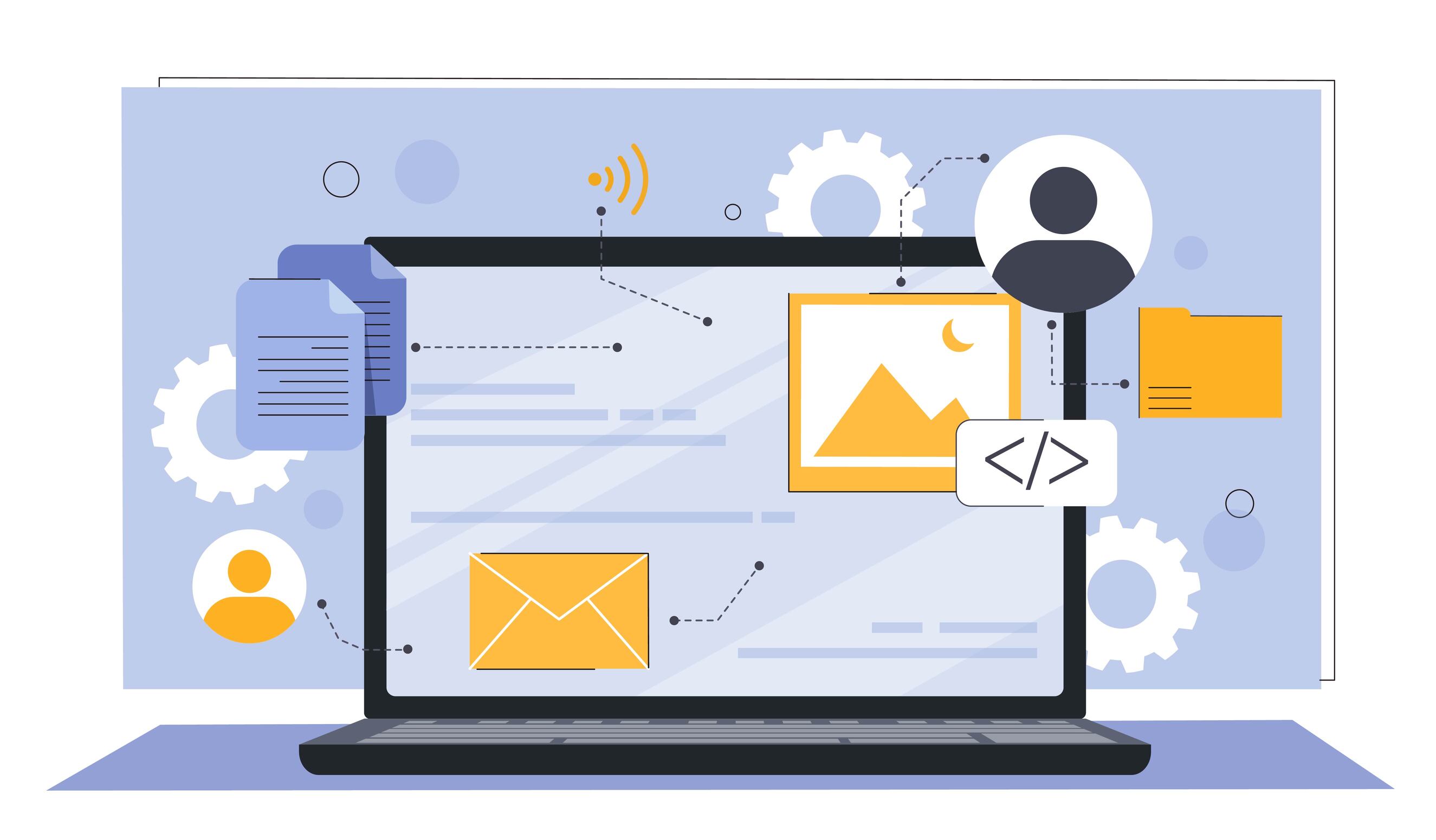Organizational Portal: A Worthwhile Investment That Can Improve Efficiency and Business Results
Corporate portal

 2080
2080 
Organizational Portal: A Worthwhile Investment That Can Improve Efficiency and Business Results
In today's digital age, many organizations face complex challenges in communication, collaboration, and access to information. An organizational portal serves as a comprehensive and effective solution to these challenges and can significantly help improve the productivity and performance of the entire organization. In this article, we will explore in depth the advantages of an organizational portal and explain why it is a worthwhile investment for any organization.
The Challenges in the Modern Work Environment
Organizations of all sizes and industries are currently facing several significant challenges:
- Information Overload: Employees are overwhelmed with information from various sources - emails, documents, meetings, different systems, and more. It is difficult to navigate the vast amounts of data and find what is relevant.
- Inefficient Communication: Without a central platform for communication, employees struggle to share information, update on task statuses, and coordinate between teams and departments.
- Isolated Systems: Often, essential information is scattered across separate systems that do not integrate with each other. This hinders employees from getting a complete picture and performing tasks efficiently.
- Absence of Engagement and Belonging: Without a central communication channel, employees may feel disconnected from the organization and their colleagues. This affects motivation, collaboration, and the sense of togetherness.
In fact, a McKinsey study found that employees waste up to 20% of their time searching for internal information. This equates to a tremendous loss of 1 full workday each week for every employee! Additionally, according to Gallup, only 15% of employees feel connected and engaged in their organization.
The Solution: Organizational Portal
An organizational portal is a central software system that serves as a single access point for all the information, applications, and services of the organization. Here are some of the most significant benefits of such a portal:
- Easy Access to Information: An organizational portal enables employees to easily find documents, procedures, tools, and any other relevant material. Efficient search saves valuable time and enhances productivity.
- Improved Communication and Collaboration: Utilizing tools like forums, blogs, wikis, and instant messaging, the portal allows employees to communicate easily, share knowledge, and collaborate on projects, even from different locations.
- One System, Full Integration: An organizational portal can integrate various systems such as CRM, ERP, human resources, and more. This way, employees can access everything they need through one intuitive interface.
- Enhanced Engagement and Organizational Identity: Through regular updates, success stories, recognition of outstanding employees, and more, the portal can strengthen employees' sense of belonging and commitment to the organization.
For example, Unilever launched an organizational portal called "Unilever Connect" for over 170,000 employees in 190 countries. The portal is used for sharing information, global collaboration, learning, and training. The results are impressive - a 30% improvement in knowledge sharing, 25% less time spent searching for information, and a significant increase in employee engagement.
So, how do you get started?
If you are considering implementing an organizational portal, here are some recommended steps:
- Define Clear Goals: What do you want to achieve through the portal? Improving communication? Accelerating information flow? Strengthening organizational commitment? Define clear KPIs.
- Map Employee Needs: Talk to employees from various roles and levels to understand their needs and challenges. Ensure the portal will address them.
- Choose Appropriate Technology: Do you need custom development, or would a ready-made platform like SharePoint or Confluence be suitable? Ensure ease of use, customization capability, and security.
- Share and Train Employees: Successful implementation requires employee involvement. Engage them in the process, explain the benefits, and provide extensive training on how to use the portal.
- Encourage Adoption and Use: For the portal to become an integral part of organizational life, encourage active use. For example, distribute important updates through it, hold competitions, and promotions, and more.
If you need professional assistance in implementing the portal, an experienced app development company can be an ideal partner. They can help you plan, design, and build a portal that meets the unique needs of your organization.
Conclusion
An organizational portal is more than just a technological tool. It is a way to foster a culture of openness, sharing, and transparency. By providing easy access to information and creating an environment that encourages collaboration, a portal can help your organization reach new levels of efficiency, innovation, and business success. The investment is worthwhile - both on a human level and on an organizational and financial level.
We invite you to explore how an organizational portal can fit the unique needs and objectives of your organization. And if you are interested in personalized consultation, we would be happy to guide you through the process. Contact us today, and let's see how we can help turn your organizational vision into a groundbreaking digital reality.






